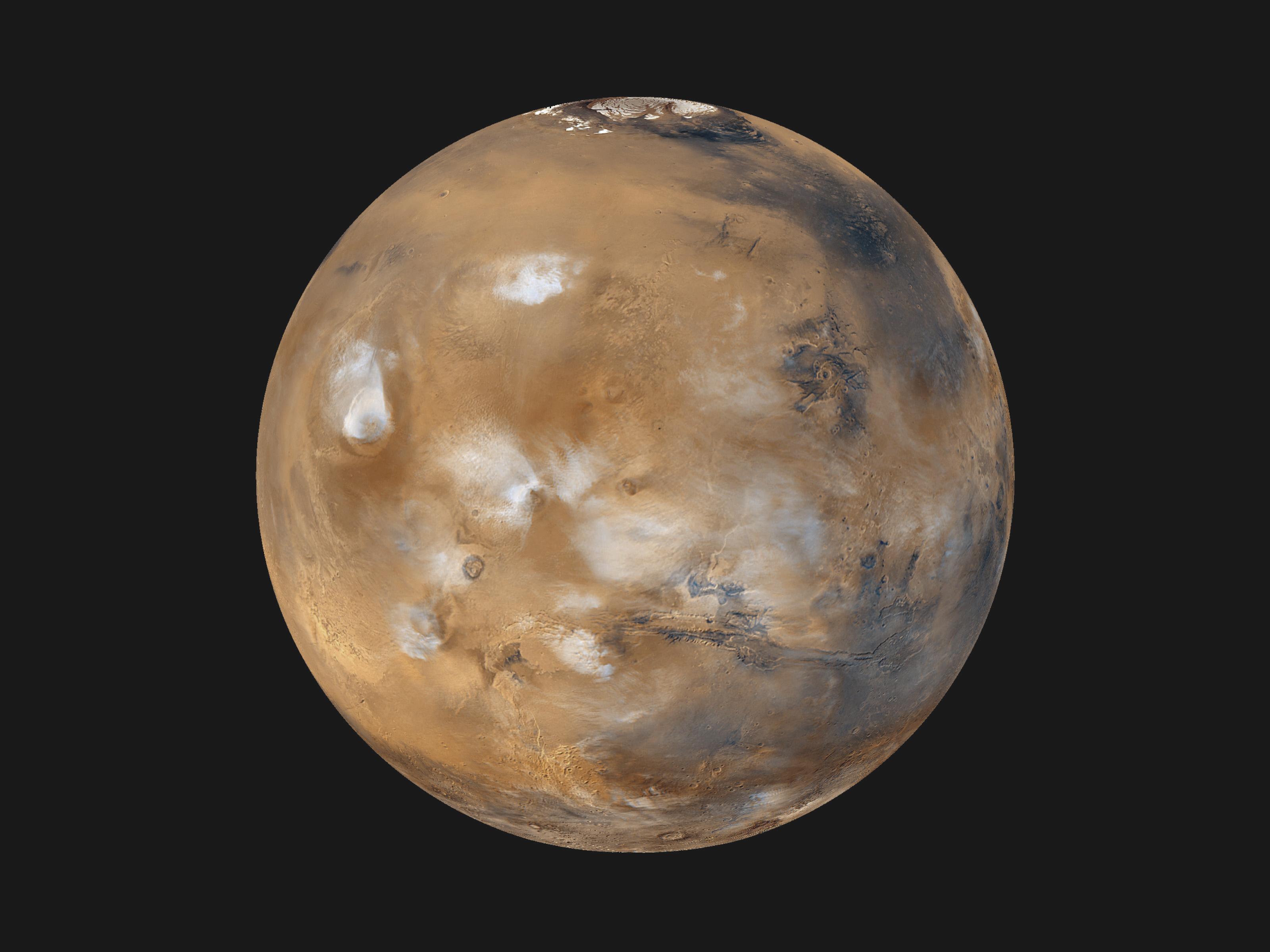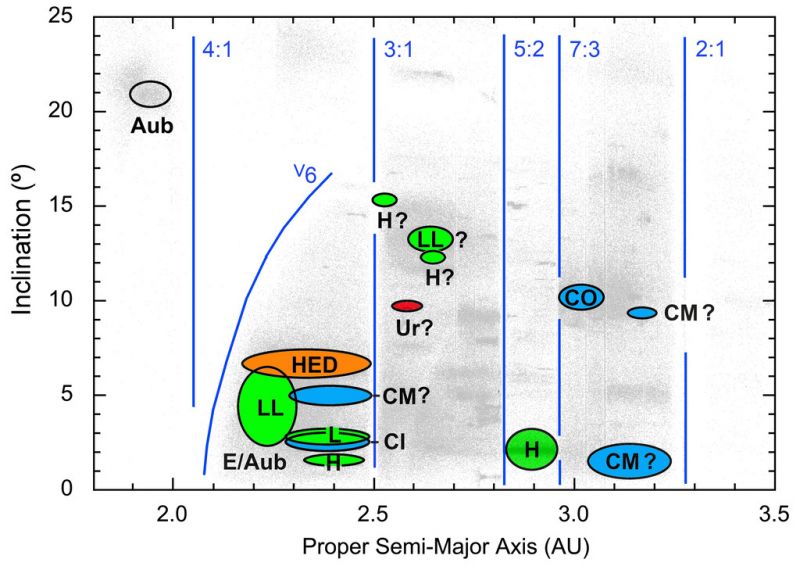Want to go to Mars? You may have to book a seat and wait a few years (or more). But here’s the good news: Mars is coming to you. Or at least, it’s getting closer to you …

Want to go to Mars? You may have to book a seat and wait a few years (or more). But here’s the good news: Mars is coming to you.
Or at least, it’s getting closer to you … closer than it’s been since 2003.
This is simply a consequence of the fact that Earth and Mars are on orbital racetracks around the Sun, and while the Red Planet paces down the course at 15 miles per second, Earth – which already has the advantage of being on the inside track – goes faster, at 18 miles per second. The consequence is that Earth laps Mars roughly once every two years, an event known as “opposition.”
But ask any politician: not all oppositions are equal. In the case of Earth and Mars, that’s because the orbits are elliptical. In other words, they’re not perfect circles (and indeed, Mars’ orbit is substantially egg shaped). Because of these non-circular paths and the Byzantine workings of celestial dynamics, the opposition of July 27 will be an unusually close encounter of the martian kind. It’s also worth noting that the Red Planet’s elliptical orbit means that it will actually get very slightly (about one percent) nearer to Earth on July 31, four days after opposition.
OK, but how close? About 36 million miles, or about 12 million miles farther than Venus at its closest. If you were to drive your Honda to Mars at freeway speeds, you’d arrive after only 63 years. Be sure to occasionally change the oil.
Now there’s nothing terribly urgent about getting out to see Mars on the evening of July 27 – other than the fact that there’s also a lunar eclipse happening on that date. The latter will be something to behold if you’re almost anywhere on the globe other than North America, where it will not be visible. But you can check out a very bright Mars in the sky for many days before and after opposition, so be sure to take a look. It will be more than twice as bright as it was two months ago.
How large will Mars appear? Well, lamentably the Red Planet is a runty world, and will be only 24 arcseconds across. That’s the apparent size of a dime at a distance of 168 yards! You’re not going to see any detail unless you have either a decent telescope or a too-active imagination. And even with a telescope you won’t see much, given the planet-wide dust storm now raging on our little ruddy buddy.
In an era when there are both spacecraft orbiting Mars and rovers crawling its surface, an opposition may seem uninteresting. However, it wasn’t always so. A century ago, astronomers would strain their eyes when Mars was close, hoping to see canals. There weren’t any. During the opposition of 1924, radio enthusiasts eagerly tuned their receivers in hopes of hearing signals from Red Planet broadcast stations. There weren’t any.
Of course, you shouldn’t let such disappointments discourage you from pointing out the bright, pinkish star in the late July skies to your relatives. It’s an unusual sight, and they’ll be impressed. And as everyone knows, it’s tough to impress relatives.





